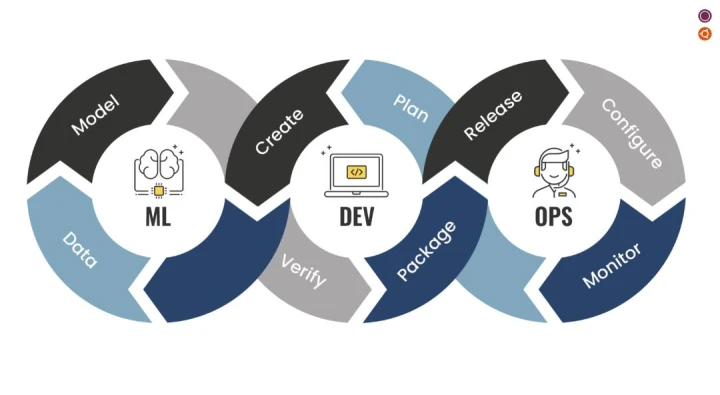The significance of data management in an MLOps environment cannot be emphasised as businesses depend more and more on machine learning (ML) to power their operations. Applying DevOps ideas to ML systems is a practise known as MLOps, or machine learning operations. It is an integral aspect of the ML lifecycle, and effective data management is necessary to guarantee the precision, dependability, and scalability of ML models.
In this article, we will talk about the best methods for handling data in an MLOps context.
-
Establish A Data Governance Framework
The practise of regulating the accessibility, usability, integrity, and security of the data utilised in an organisation is known as data governance. To guarantee the accuracy, consistency, and reliability of the data needed to train and evaluate ML models in an MLOps environment, a data governance structure must be put in place. The framework should provide rules for gathering, storing, processing, and analysing data as well as rules for sharing and accessing it securely.
2. Use Version Control for Data
Although it is frequently used in software development, version control can also be used in data management. You can keep track of changes to datasets over time and make sure you are utilising the right version of the data for each ML model by using version control for data. Version control can also assist you in locating and resolving data quality problems that could occur during the ML lifecycle.
3. Use A Data Catalog
A data catalogue is a central location where the metadata about data assets is kept. A data catalogue in an MLOps environment can assist you in tracking the sources, formats, and quality of the data utilised in each ML model. You can also make sure that the data used in ML models complies with data governance guidelines and is available to authorised users by utilising a data catalogue. Many organizations offer MLOps course to help professionals learn MLOps.
4. Implement Data Quality Checks
For ML models to provide accurate and trustworthy results, data quality is crucial. Implementing data quality checks at each stage of the ML lifecycle, from data collecting to model training and validation, is crucial in an MLOps context. You can find and address problems like missing values, outliers, and data inconsistencies with the use of data quality tests.
5. Monitor and Audit Data Usage
To make sure that data is being used in accordance with data governance standards and that it is not being used for unauthorised purposes, it is essential to monitor and audit data consumption in an MLOps environment. You can spot possible security concerns and take action to reduce them by keeping an eye on data consumption.
6. Use Data Pipelines
Automated workflows known as data pipelines are used to transfer data from one system to another. Data pipelines can assist you in automating the process of collecting, storing, processing, and analysing data in an MLOps context. You may lower the risk of errors and increase the effectiveness of the ML lifecycle by employing data pipelines to make sure that data is processed consistently and dependably.
7. Use Data Augmentation Techniques
The process of adding training data by transforming already-existing data is known as data augmentation. You can improve the variety and volume of data used to train machine learning models, which will enhance their accuracy and robustness. This is done by employing data augmentation approaches.
Conclusion
It’s crucial to manage data in an MLOps context to guarantee the precision, dependability, and scalability of ML models. You can make sure that your data is managed effectively throughout the ML lifecycle by establishing a data governance framework, using version control for data, using a data catalogue, implementing data quality checks, monitoring and auditing data usage, using data pipelines, and using data augmentation techniques. You may increase the effectiveness of your ML operations and get better business results by adhering to these recommended practices.
Want to learn more about it? Watch MLOps tutorial for beginner for a better understanding.
Also Read Interesting Articles At: RSpedia.


